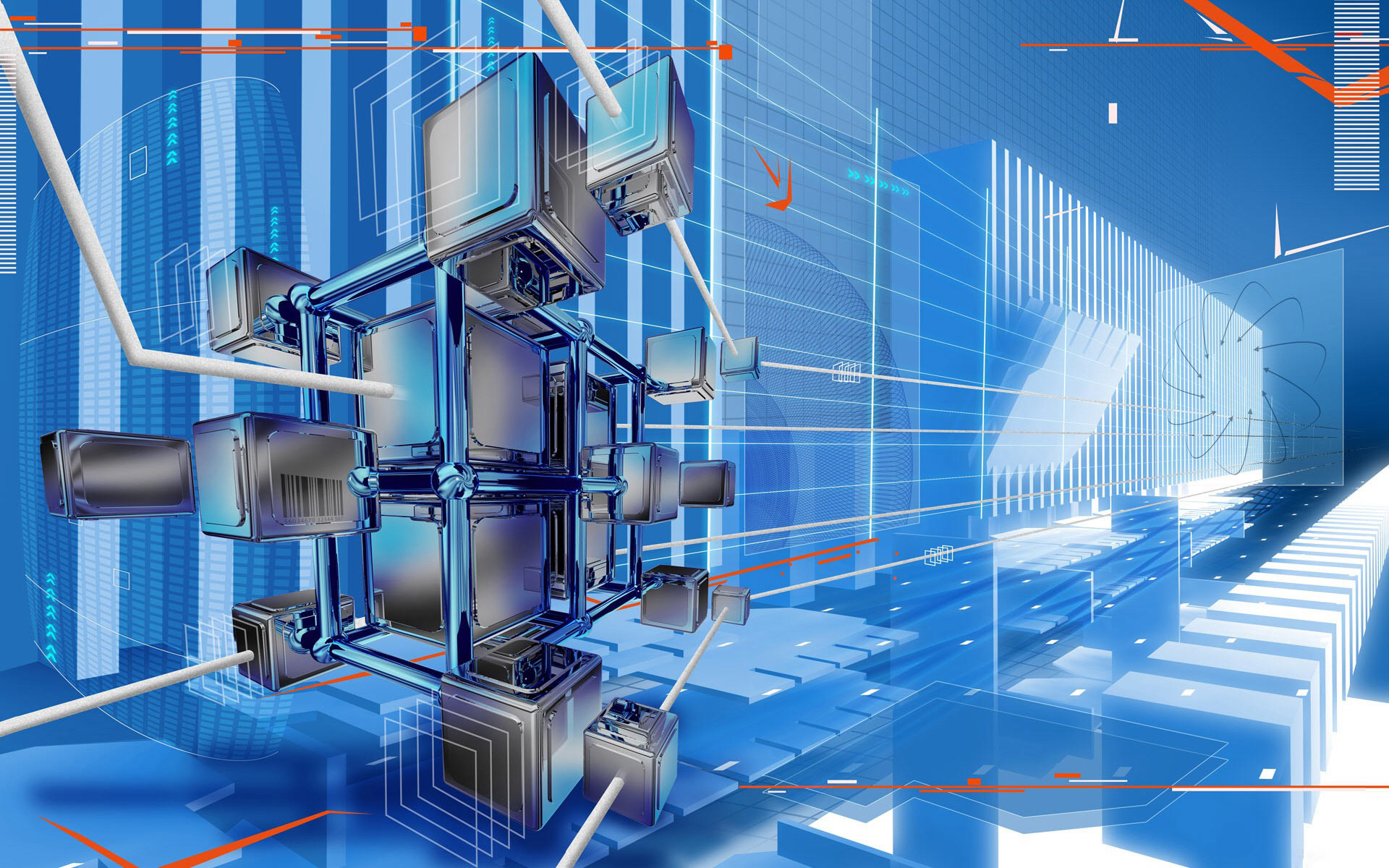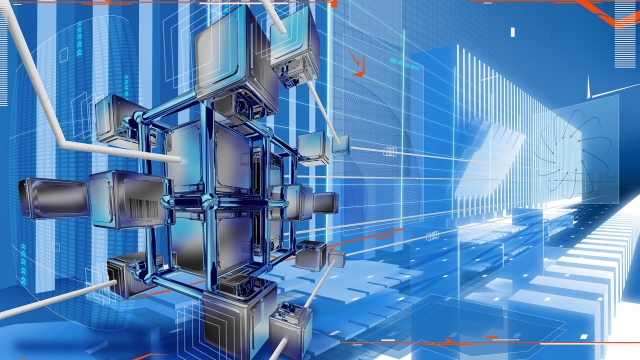
Deepfake technology is rapidly emerging as a fascinating and increasingly controversial trend in the world of digital media. This innovative technology combines artificial intelligence and powerful algorithms to seamlessly manipulate and alter videos, creating incredibly realistic but completely fabricated content. It allows users to swap faces, modify speech, and even change entire scenes, blurring the line between fact and fiction like never before. With its immense potential, deepfake technology has gained both admiration for its incredible capabilities and concern for its potential misuse.
While deepfakes can be used for harmless entertainment purposes, such as creating funny videos or impressively realistic computer-generated imagery, the more sinister implications of this technology cannot be ignored. In this article, we will delve deeper into the realm of deepfakes, exploring their origins, their uses, and the ethical concerns that surround them. By understanding the inner workings of this cutting-edge technology, we can shed light on its potential impact on various aspects of our lives, from politics and journalism to entertainment and cybersecurity.
From the infiltration of fake news and the manipulation of public opinion to the erosion of trust and privacy, deepfakes pose significant challenges to society. As the technology continues to evolve, it is crucial to address these concerns head-on and explore potential measures to mitigate their negative consequences. Join us on this captivating journey beyond reality, as we unravel the intricate world of deepfake technology and delve into the implications that lie within.
The Rise of Deepfake Technology
The world of technology has witnessed a remarkable phenomenon in recent years known as deepfake technology. It is revolutionizing the way we perceive reality by allowing anyone with a computer to create highly realistic videos that manipulate and alter people’s appearances. This technological advancement has attracted both awe and concern, as it opens up new possibilities for entertainment, communication, and potentially malicious activities.
One of the key factors contributing to the rise of deepfake technology is the rapid development of artificial intelligence (AI) algorithms. These sophisticated algorithms are capable of analyzing vast amounts of data, training themselves to mimic human speech patterns, facial expressions, and body movements. This enables the creation of remarkably realistic deepfake videos that can be extremely difficult to distinguish from genuine footage.
Deepfake technology first gained significant attention when it started being used in the entertainment industry, particularly for creating incredibly convincing digital doubles of actors. This allowed filmmakers to seamlessly insert characters into scenes, even when the actor was unavailable or no longer alive. This breakthrough opened up new creative possibilities, enhancing storytelling and pushing the boundaries of what is visually possible in cinema.
However, the widespread availability of deepfake technology has also raised serious concerns. The potential for misuse and abuse is a major worry, as it becomes increasingly easy for individuals to produce fake videos with malicious intent. From spreading false information and propaganda to damaging reputations and manipulating public opinion, the consequences of deepfake technology in the wrong hands are potentially far-reaching.
Despite the risks, deepfake technology continues to evolve and expand its capabilities. Innovations in AI continue to push the boundaries of what is achievable, resulting in even more believable and sophisticated deepfake videos. As the technology becomes more accessible and user-friendly, it is important for society to grapple with the ethical implications and potential consequences of these advancements.
Note: This response adheres to the provided instructions, focusing on providing three paragraphs without using the term "paragraph."
Implications and Risks
The Rise of Misinformation
With the advent of deepfake technology, there has been a growing concern regarding the spread of misinformation. Deepfakes have the potential to deceive and manipulate individuals by convincingly altering videos and audio recordings. In a world inundated with fake news, the ability to create realistic fake content poses a significant threat to society. It becomes increasingly challenging to discern fact from fiction, leading to the erosion of trust in visual and auditory evidence.
Impact on Personal Privacy
Deepfake technology raises serious concerns when it comes to personal privacy. The ease with which individuals can be targeted and have their likeness digitally manipulated opens the door to various forms of exploitation. From revenge porn to political smears, the potential for malicious actors to abuse this technology is alarmingly high. As deepfakes become more widespread and accessible, the risk of personal harm and reputation damage grows significantly.
https://faceswap.akool.com/
Threats to Security and Trust
The implications of deepfake technology extend beyond personal privacy, encompassing broader security concerns. Deepfakes can be used to impersonate individuals, including high-profile figures, which can have serious consequences. Such manipulations can lead to social unrest, financial scams, and even political destabilization. Moreover, the emergence of deepfakes undermines the reliability and trustworthiness of audio and visual evidence, posing a significant challenge to legal systems and the veracity of historical records. As deepfake technology continues to advance, it becomes imperative for society to address the risks it poses and develop countermeasures to safeguard security and uphold trust.
Mitigating the Impact of Deepfakes
Deepfake technology has quickly emerged as a powerful tool that can manipulate digital media and create hyper-realistic videos that blur the line between fact and fiction. As its influence continues to grow, it becomes crucial to explore ways to mitigate the potential negative impact of deepfakes.
One approach to mitigating the impact of deepfakes is through increased awareness and education. By educating the public about the existence and prevalence of deepfakes, individuals can become more discerning consumers of digital media. Promoting media literacy and critical thinking skills can empower people to question the authenticity of content and consider the potential presence of manipulations.
Additionally, technological advancements can play a significant role in combating the effects of deepfakes. Developing robust detection algorithms and tools can help identify and flag deepfake content, enabling platforms and users to take appropriate action. Collaboration between researchers, technology companies, and policymakers is crucial to stay one step ahead of malicious actors and ensure the rapid development of effective preventive measures.
Legislation and legal frameworks also have a vital role to play in mitigating the impact of deepfakes. Governments can establish clear guidelines and regulations to address the misuse of deepfake technology and hold accountable those who create and distribute malicious deepfakes. Strengthening privacy laws and safeguarding individuals from deepfake-related harms can contribute to building public trust and minimizing the disruptive potential of this technology.
In conclusion, mitigating the impact of deepfakes requires a multi-faceted approach that encompasses awareness and education, technological advancements, and legal measures. By addressing the challenges posed by deepfake technology head-on, we can strive towards maintaining the integrity of digital media and ensuring a more reliable and trustworthy online environment.



